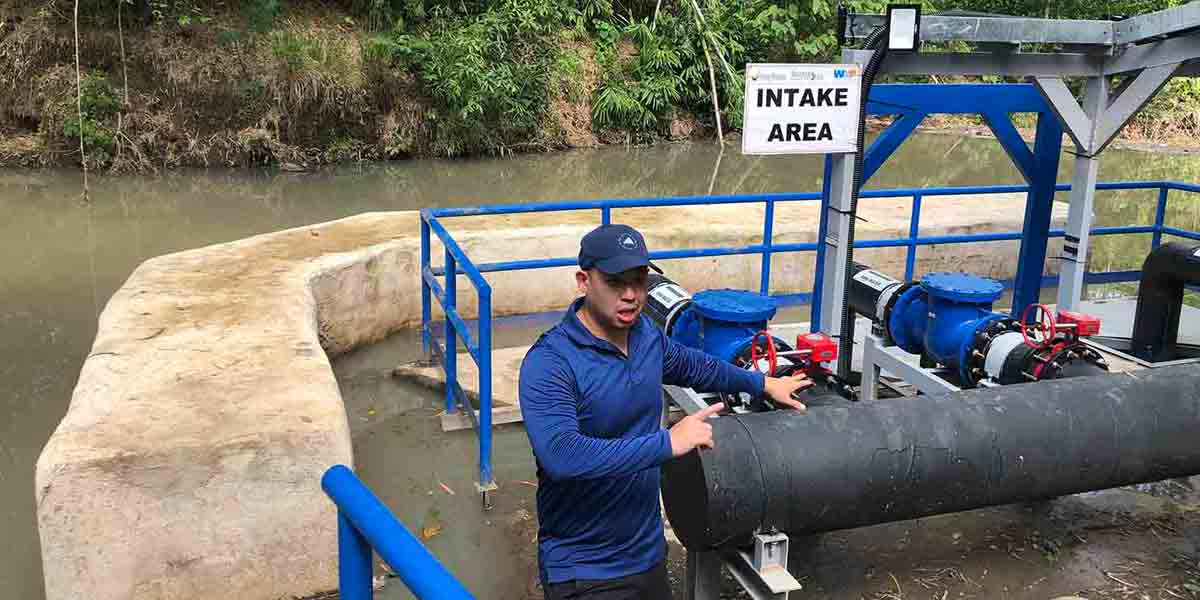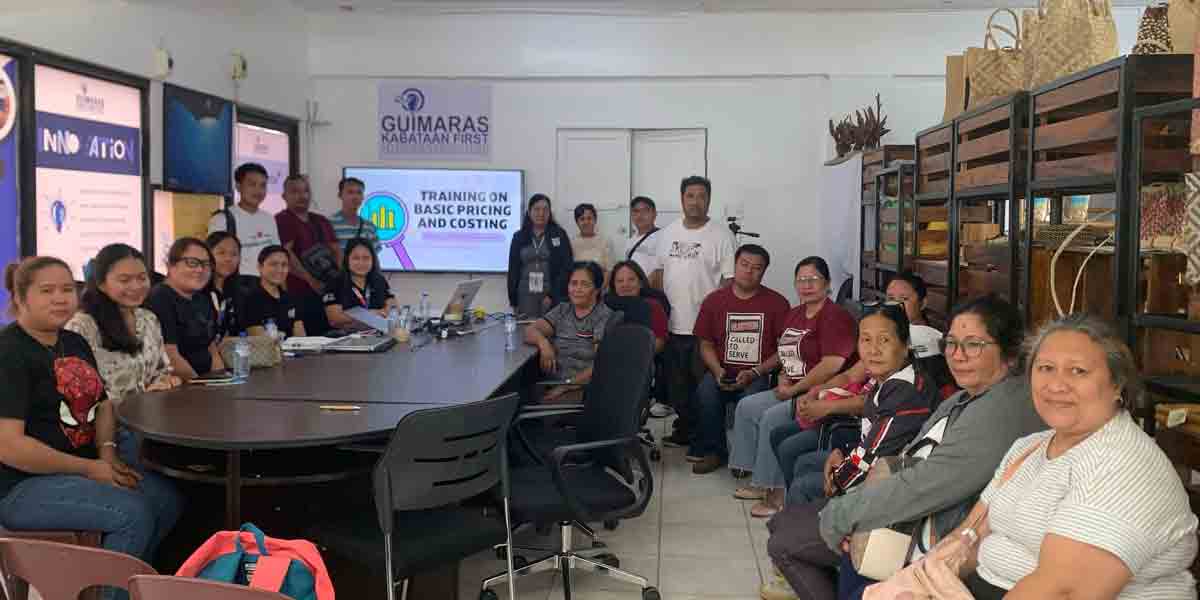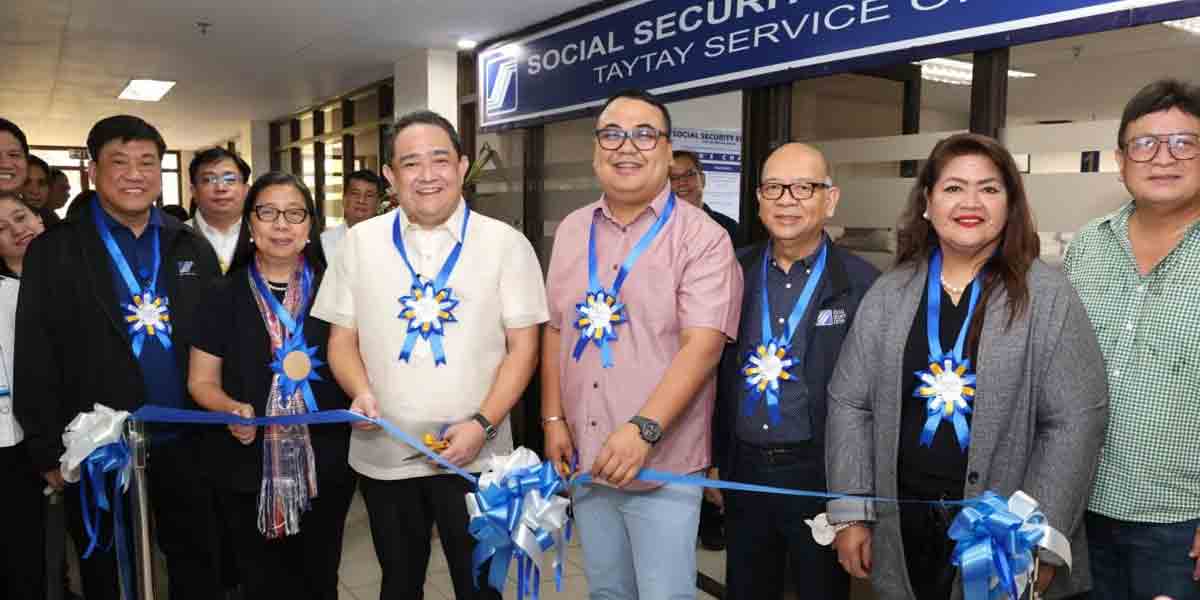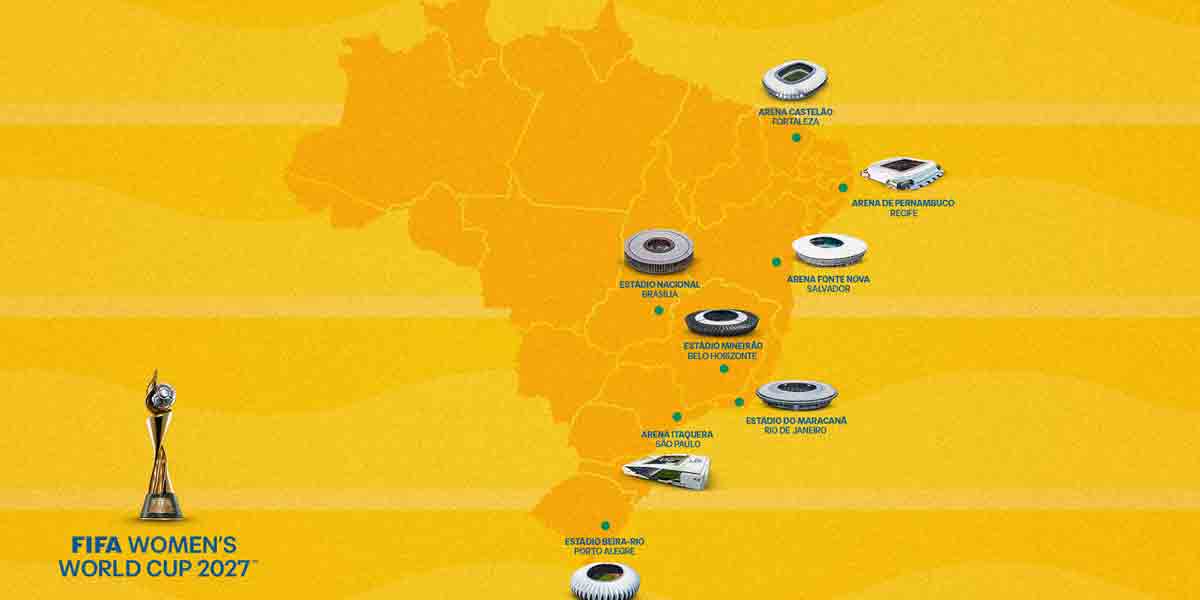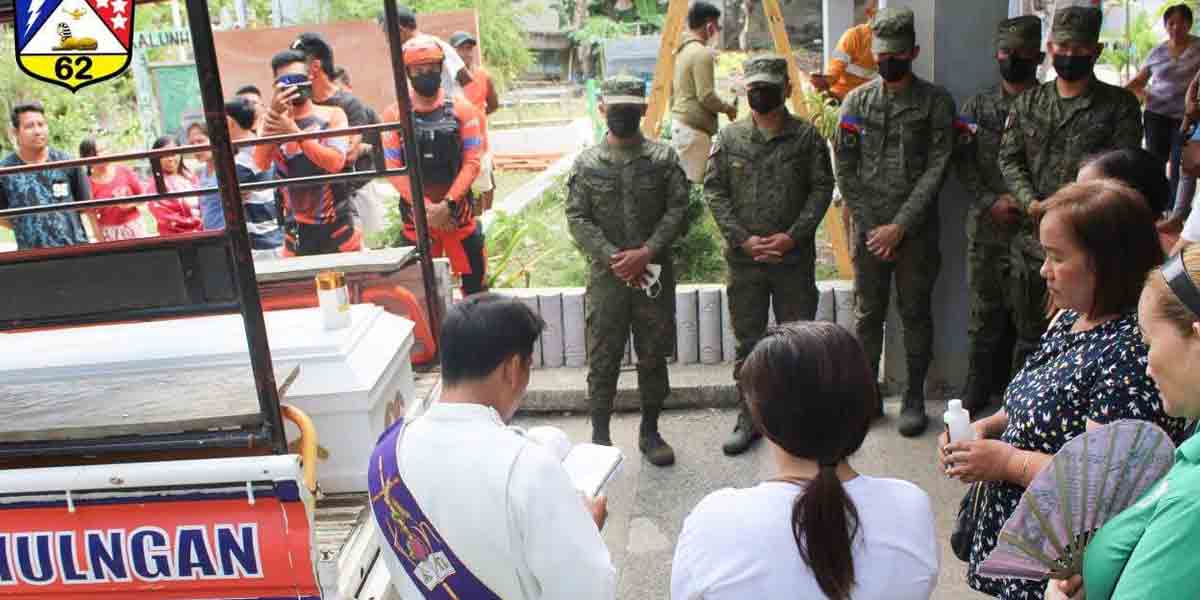The recent surge in dengue cases across Western Visayas, particularly in Iloilo, is alarming and calls for immediate, comprehensive action from both public health authorities and the local government. With over 10,000 cases and 20 deaths reported as of early August, the situation has reached crisis levels, and the implications for public health are profound.
Dengue, a mosquito-borne viral disease, is not new to the region, but the scale of the current outbreak suggests that something unusual is at play.
The Department of Health Western Visayas (DOH-6) reported a 114% increase in cases compared to last year. The age group most affected, children aged 1 to 10 years, underscores the vulnerability of our population and the urgent need to protect our youngest members.
Several factors may contribute to this surge, including changes in climate patterns, which have likely increased mosquito populations and expanded their breeding grounds.
The adaptability of the Aedes aegypti mosquito, the primary vector for dengue, to utilize even the smallest water containers for breeding, exacerbates the situation.
The recent declaration of a state of calamity in Passi City is a clear indication that the region is grappling with a public health emergency of significant proportions.
The DOH-6 has responded by reiterating the 4S Kontra Dengue strategy: Search and destroy mosquito-breeding sites, Self-protection measures, Seek early consultation, and Support fogging in hotspot areas.
However, this strategy, while effective in theory, requires robust implementation and the active participation of the public. The success of these measures hinges on sustained community engagement and the provision of necessary resources by local governments.
The declaration of an outbreak in 36 out of 43 towns in Iloilo Province, and the clustering of cases in 523 barangays, highlights the need for a coordinated, multi-sectoral response.
The activation of the regional dengue task force is a positive step, but its effectiveness will depend on its ability to mobilize resources quickly and efficiently. This includes ensuring the availability of mosquito control commodities, such as insecticides and mosquito nets, and the deployment of monitoring teams to provide technical assistance in the most affected areas.
Moreover, the public health implications extend beyond the immediate response to this outbreak. The recurring nature of dengue in the region calls for long-term strategies to mitigate the impact of future outbreaks. This includes improving infrastructure to reduce mosquito breeding sites, enhancing public health surveillance, and investing in research to better understand the factors driving the spread of dengue.
Governance plays a crucial role in this endeavor. Local government units must prioritize public health in their agendas, ensuring that resources are allocated not only for immediate response but also for preventive measures.
Education campaigns need to be intensified, especially in schools and communities where the risk of transmission is highest. Transparency and accountability in the management of funds and resources are also essential to build public trust and ensure that efforts are effective.
The implications of failing to control this outbreak are dire. Beyond the loss of lives, the economic impact could be severe, straining an already burdened healthcare system and affecting the productivity of communities. The time to act is now, with a focus on both immediate containment and long-term prevention strategies.
The ongoing dengue outbreak in Western Visayas, particularly in Iloilo, is a stark reminder of the challenges posed by vector-borne diseases in a changing climate. It requires a concerted effort from all sectors of society to combat this public health threat and protect the well-being of the population. The lessons learned from this crisis should inform future public health policies, ensuring that Iloilo and the broader region are better prepared to face similar challenges in the future.

